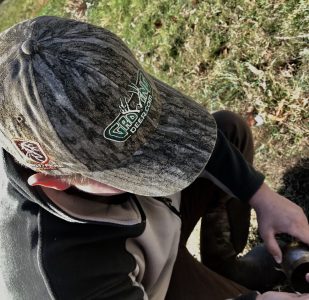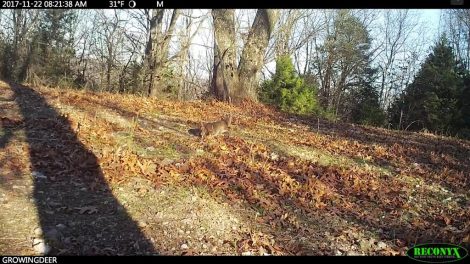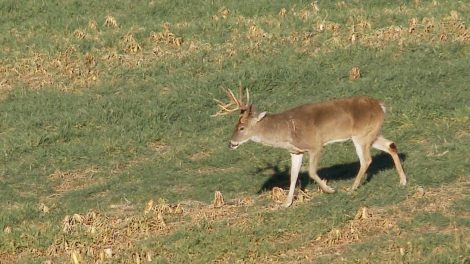Category: Hunting Tactics
How to reduce coughing while hunting
How Wild Hogs – and Baiting – Affect Deer Hunting
A while back someone asked me a question about how hogs affect deer and predator movement on their hunting property. As wild hogs become more prevalent around the United States, we will all have to consider this in our hunting strategies. This hunter had 600 acres in Georgia and wondered if pigs cause deer to move from the food plots, maybe not frequenting as much or if this make it more likely to have more coyotes on the property? He was thinking about setting up some corn feeders in August prior to the season. Here are the thoughts I shared with him regarding wild hogs:
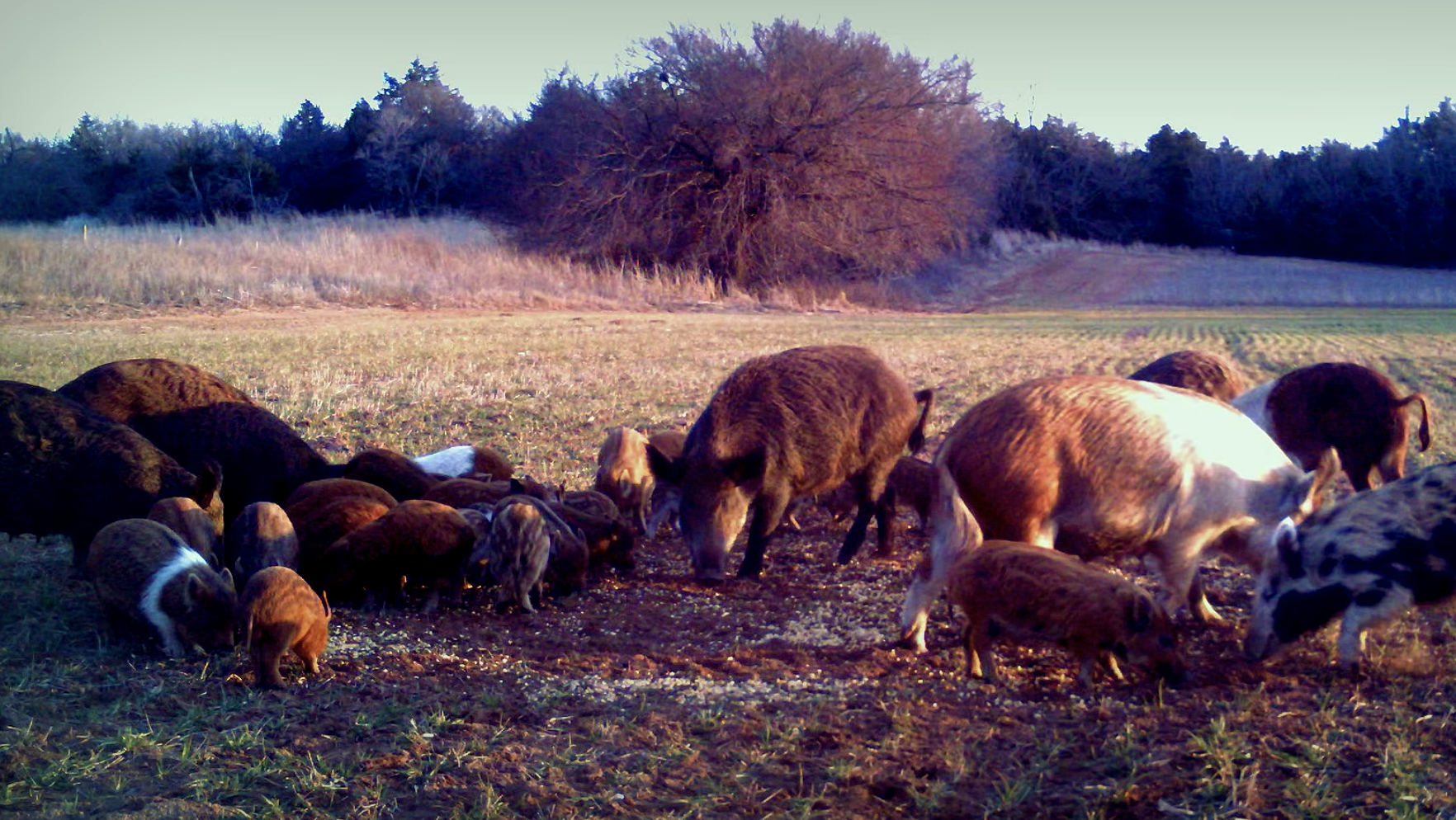
How to Identify Red Oaks Vs. White Oaks by Their Leaves
Knowing which types of acorns deer prefer during the early (from the white oak family) versus late (from the red oak family) season can be a key to hanging stands in locations that fit your hunting schedule.
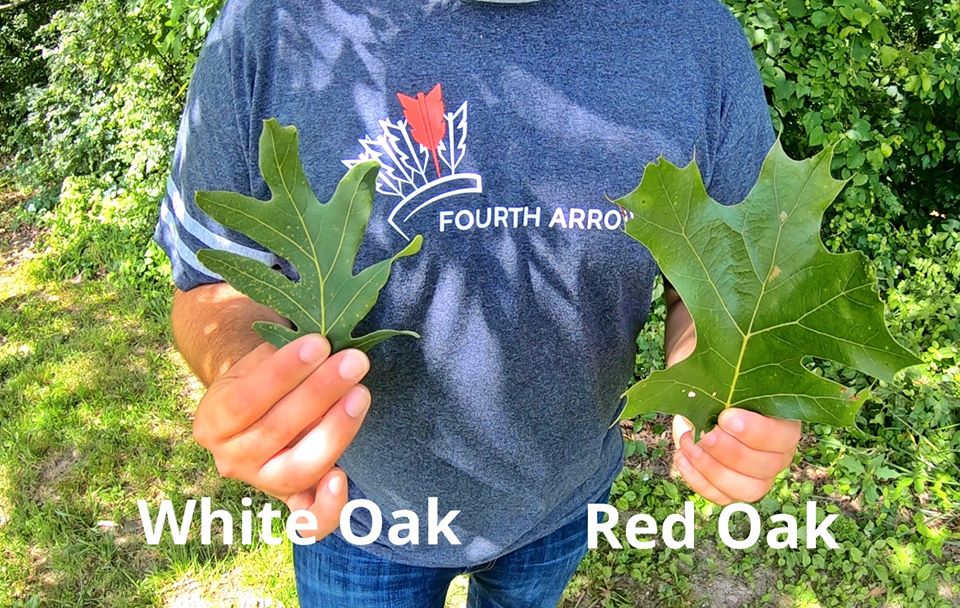
White oaks have rounded leaf tips with deep rounded lobes. Red oaks have pointed leaf tips with burrs or bristles and the lobes may be jagged.
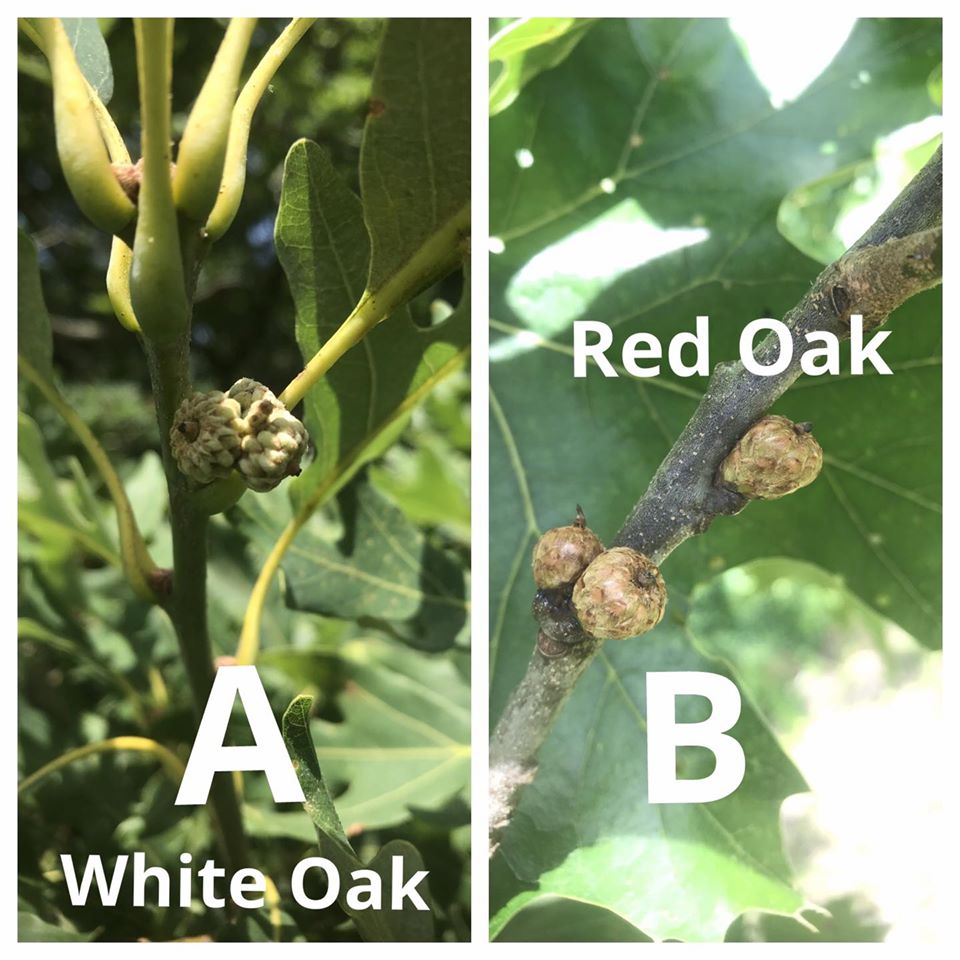
One viewer shared with us that the difference was once explained to him by this analogy: “The red man used arrows: pointed tip leaf, Red Oak. The white man used bullets: rounded point leaf, White Oak.”
White oaks are a super-attractant for deer. They can be an invaluable resource for success in early season. Deer seek and eat fresh white oak acorns. They will abandon most crop fields, food plots, etc., when fresh white oak acorns are available.
Different species of oaks produce acorns with varying quantities of tannic acid. The acid content determines the palatability of acorns, with white oak acorns generally having less acid content than acorns from red oak species. Hence deer tend to prefer acorns from white oak trees during the early portion of the fall. I tend to concentrate on white oak species during the early season. It is possible to hunt a limited resource of the best tasting acorns even among an abundant supply of acorns.
For a good technical guide to identifying white and red oaks check out: http://www.fs.fed.us/foresthealth/technology/pdfs/fieldguide.pdf
If you are more of a visual learner, I share how to identify white oaks at the GrowingDeer episode: https://www.growingdeer.tv/#/deer-hunting-see-more-deer
Great hunts begin long before climbing into the stand. Scouting and planning are key for a successful hunt. We’ll be sharing what we find when scouting acorns in coming episodes!
Enjoy Creation!
Grant
A Plan for Improving the Hunting on 50 Acres of Hardwood Timber
Recently Daniel traveled 2 hours northeast of The Proving Grounds to assist a landowner with his habitat and hunting improvement plan. This 50 acre property was primarily a hardwood timber which made it difficult to pattern and hunt deer, especially during years with high acorn production.
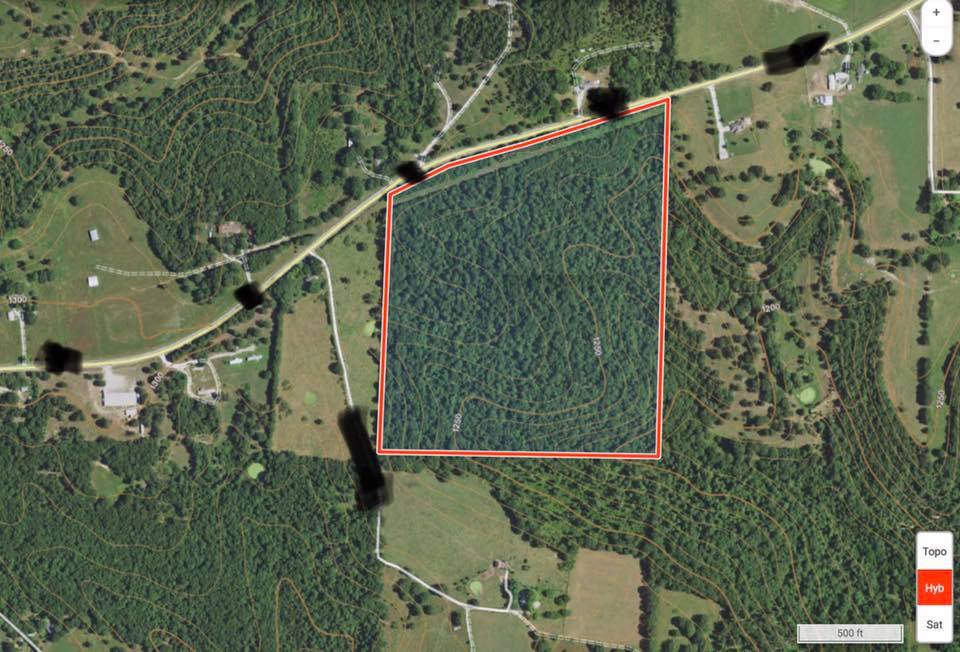
Daniel designed several food plots that would create multiple pinch points and hunting locations. This plan allows hunters to be able to hunt the food plots when deer are seeking forage there.
When deer are seeking acorns or moving through the property to reach a different destination, hunters can effectively hunt the pinch points around the edges of the plots.
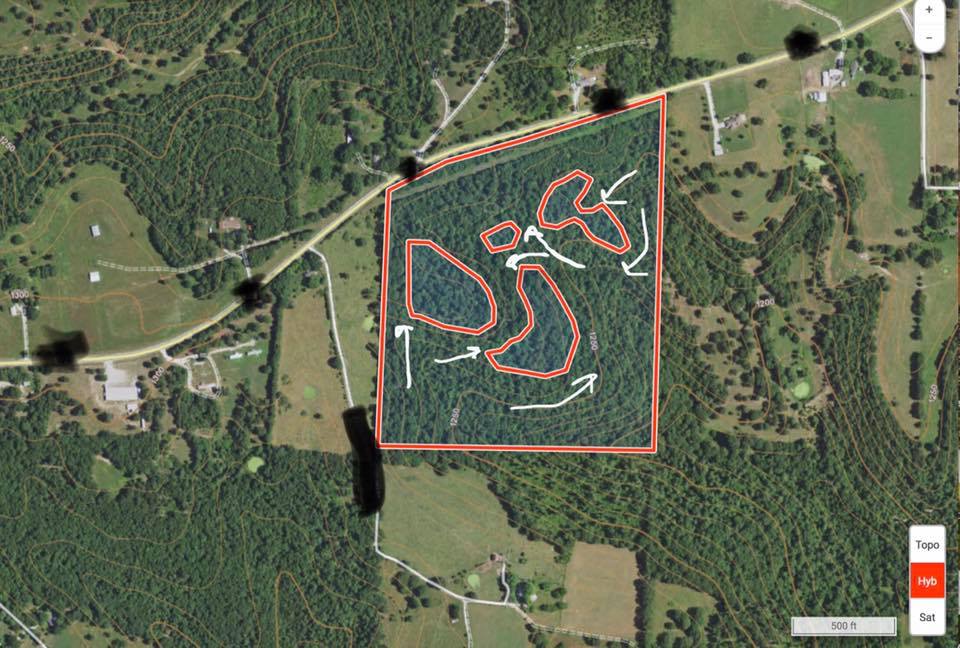
Daniel also laid out several walking paths, so the landowner can effectively enter, hunt and exit a hunting location without alerting deer.
Having multiple pinch points and access trails gives this landowner hunting locations for any wind direction.
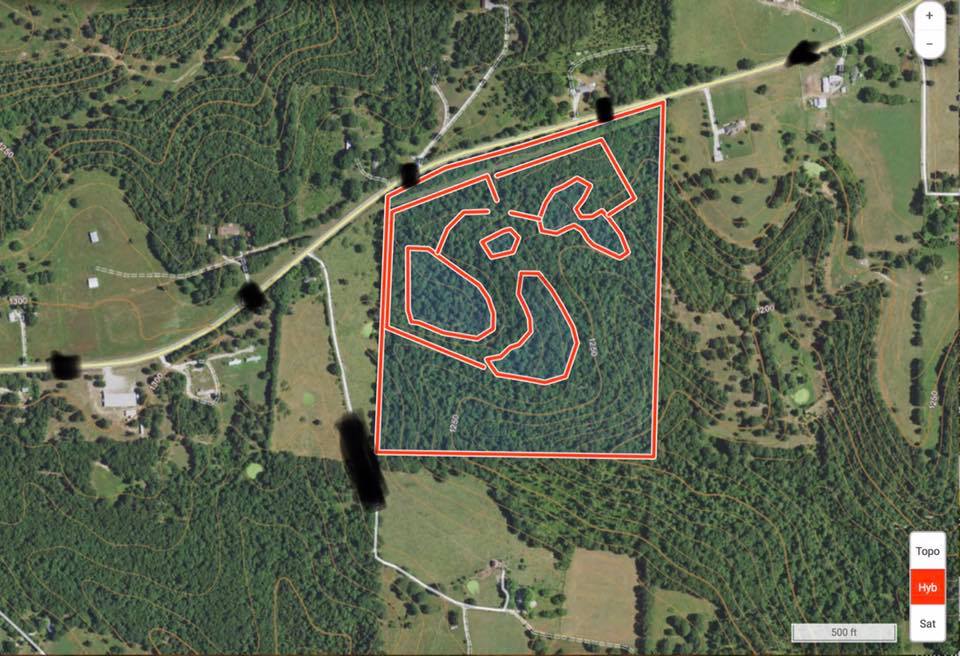
We look forward to hearing about the progress of this project and suspect this landowner and his family will enjoy many successful hunts!
Why Hunters Should Start Scouting for Acorns Now
I’ve already started scouting where to put some stands and blinds. This may seem early to some deer hunters. However, scouting now can lead to tagging a buck during the early season.
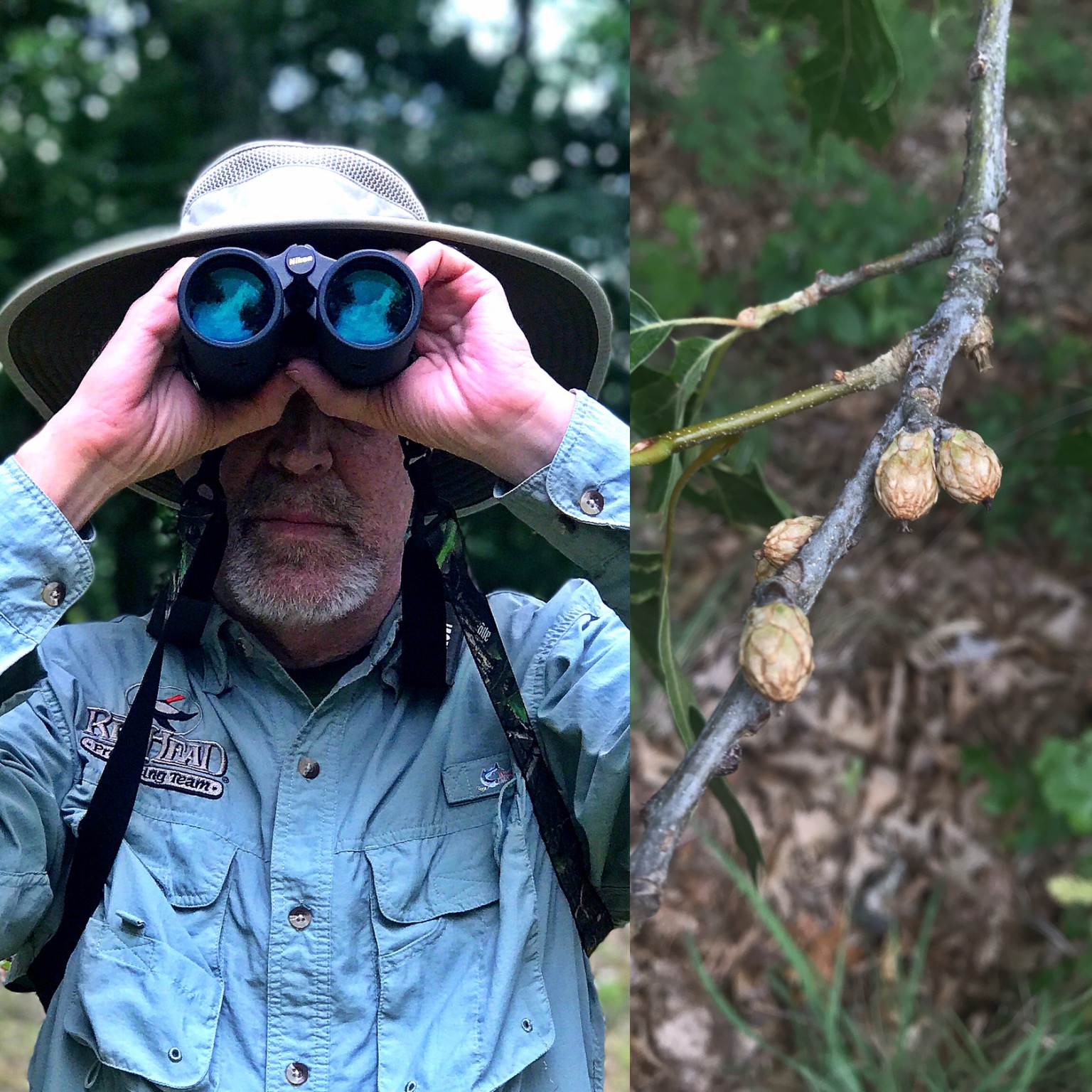
It’s been a wet year and there wasn’t a late frost at The Proving Grounds. These conditions often result in large acorn crops. Based on a bit of scouting, I’ve noticed an abundant crop of red oak acorns and a medium to large crop of white oak acorns.
The trees I’ve scouted were on the edge of food plots, roads, etc. It’s much easier to scout for acorn production in these locations this time of year as they will offer a view of at least one side that isn’t blocked by leaves of another tree.
Many species of acorns are greenish colored this time of year. It can be tough to see green acorns when looking up into a green canopy. The shapes or outlines of acorns can be spotted more easily when looking into the side of a tree’s canopy. Closer to when the acorns are ripe, they turn brown and are much easier to see when looking from below.
Trees with less competition often produce acorns more frequently and more acorns than trees surrounded by competition. In addition, acorns produced by open grown trees are often larger than trees that have a lot of competition.
Another very important factor is that acorns from open grown trees often seem to mature and drop a bit earlier than oaks growing where there’s a lot of competition. This is very important information. Where the first acorns drop is often an extremely hot spot for deer!
Most species of acorns are high energy and deer crave energy-rich foods during early fall. If there are lots of oaks producing acorns in the area, it’s much easier to find and pattern deer before acorns are present throughout the timber. Spending time now scouting oaks that are likely to drop acorns first can lead to tagging a good buck during the early season!
Enjoy Creation,
Grant
How Trail Cameras Can Be Useful Throughout All Seasons
We leave our Reconyx trail cameras out year around. This allows us to learn much more than deer travel patterns and current antler size. For example, one of our cameras recently took these photos in sequence. The camera that took these photos was located on the downhill side of a bedding area. Even during the summer, thermals carry scent downhill as the evening air cools.
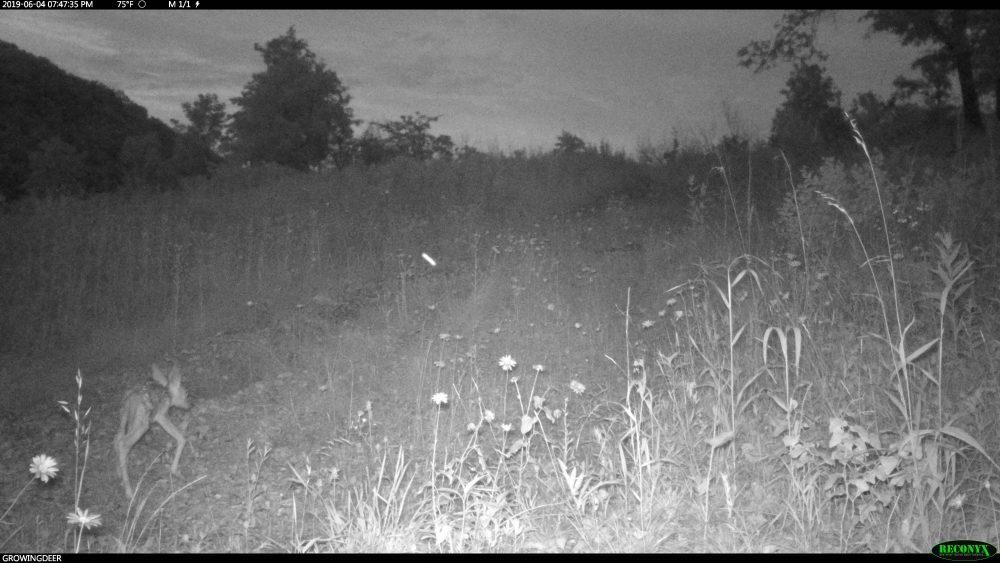
Based on these pictures, it seems likely that this fawn bedded toward the bottom of the bedding area and not far from the interior road’s edge. Just a few hours later there is a coyote and a doe (possibly the fawn’s mother) in the same area. We don’t know exactly what happened but this is a strong reminder of how predators hunt. They often cruise the downhill side of area where prey will be at that time of day. Coyotes are well documented as extremely effective fawn predators. This is why we trap yearly to help balance the number to predators with prey species and work hard to provide quality fawning and nesting habitat. (The Reconyx trail cameras picked up a video of this fawn. You may watch it HERE.)
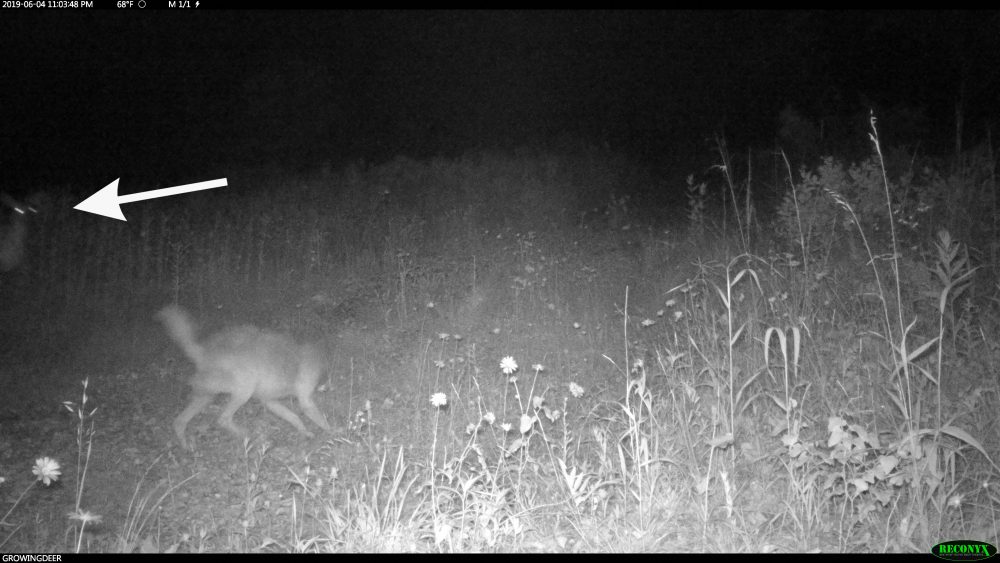
Two-legged hunters can learn from this series of images. We need to approach, hunt, and exit from the downwind side of where deer are likely to be while we are hunting. Using trail cameras throughout the year and moving them frequently is a great way to find stand/blind locations and learn from the best predators!
Enjoy Creation,
Grant
Turkey Hunting: Favorite Locator Call #2 | The Crow Call
Last week we shared turkey hunting tips for locating turkeys with an owl call. The owl call is the first call out of our vests when we hit the turkey woods. As we go through the day, other calls start to come out to call in or locate those toms.
World Champion Caller James Harrison has some advice for those turkey hunts that don’t go quite as planned, when the toms went the other way or just go totally silent. In these type of hunting situations he considers one of the best tools to use to locate more gobblers a crow call.
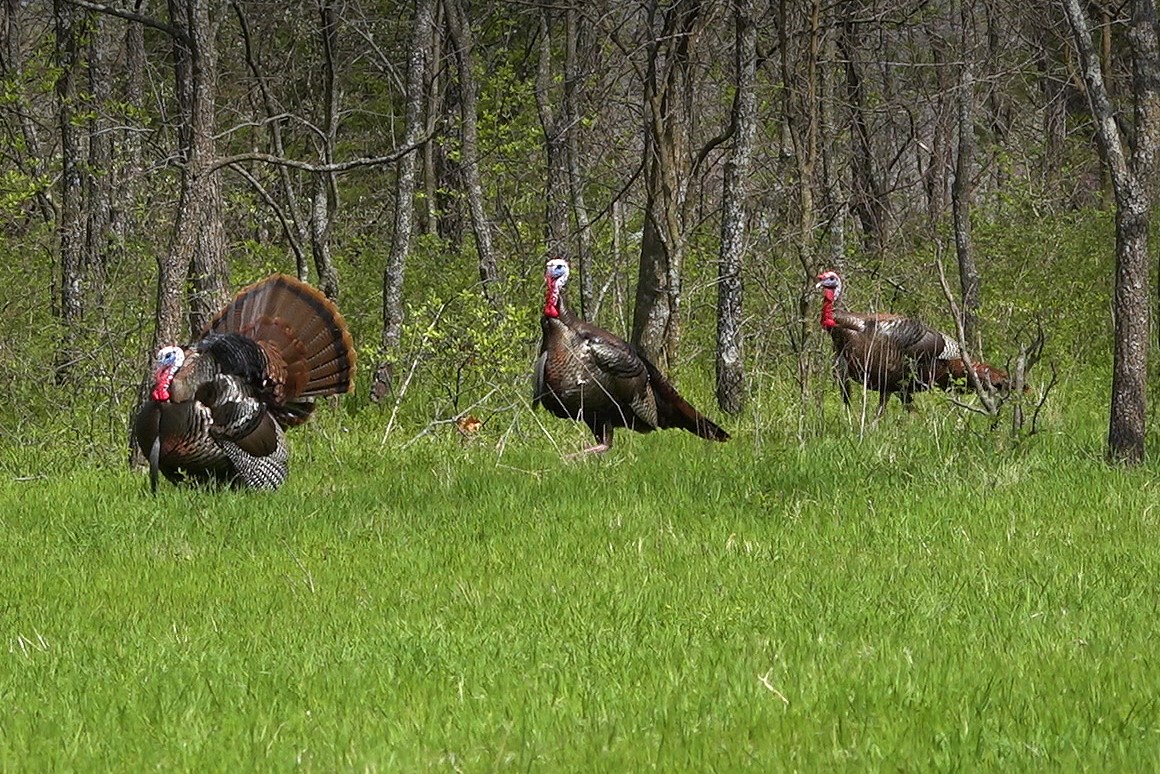
Crow calls are louder, sharper and will get the toms to gobble. It is one of James’ favorite tools to get turkeys gobbling.
In the early morning hours, if you’ve tried an owl call without response from the turkeys, James suggest changing things up. You can even use them right off the roost if you’ve got a lot of owls in your area. If the owls are hooting and the turkeys aren’t gobbling, make a crow call.
He definitely recommends using a crow call from midday on.
For those states that allow all day hunting, they are especially good for the afternoon and early evening before the birds go on the roost.
If you’re hunting with a partner have them step away from you (the caller) so that they can listen for the tom’s response to the call (just like with the owl call) as crow calls are extremely loud.
James recommends crow calls with a sequence of three to four short bursts, varied in length. Listen. Repeat.
If you’re “tuned up” you can get crows to respond back and actually call in crows! When another crow responds back, he’s actually locating the turkeys for you!
The more realistic you can be with your crow call the better off you’re going to be when turkey hunting! Locator calls like the owl call and the crow call can be practiced outside without educating the turkeys in your area as you “learn” the calls. So while you’re sitting on the porch, checking trail cameras, fishing at the pond, shed hunting, or just doing yard work – take your crow call along and get some practice in!
A special thank you to James for these helpful tips! We hope they will bring you success this year on your next turkey hunt!
Enjoy Creation,
Tracy Woods
Turkey Hunting: Using an Owl Call
What’s the first call to come out of your turkey vest?
To locate gobblers early in the morning one of the best calls to use is an owl call. It’s one of the best calls to get turkeys to sound off on the roost. (You’ll see Daniel and Clay using an owl call in this turkey hunt linked here.)
After talking with world champion caller James Harrison, I’ve put together a few basic tips for using an owl call. James Harrison is the mastermind and creator of the Harrison Hootin’ Stick by Hook’s Custom Calls.
If you are hunting in hardwoods, it’s important to not call too loudly at first. Owls are naturally only so loud. If a turkey is nearby and you over blow, you’ll scare the tom into not gobbling. It’s best to ease into the call. A modest, softer first “hoot” is best. If all is silent, you can begin to crank up the volume.
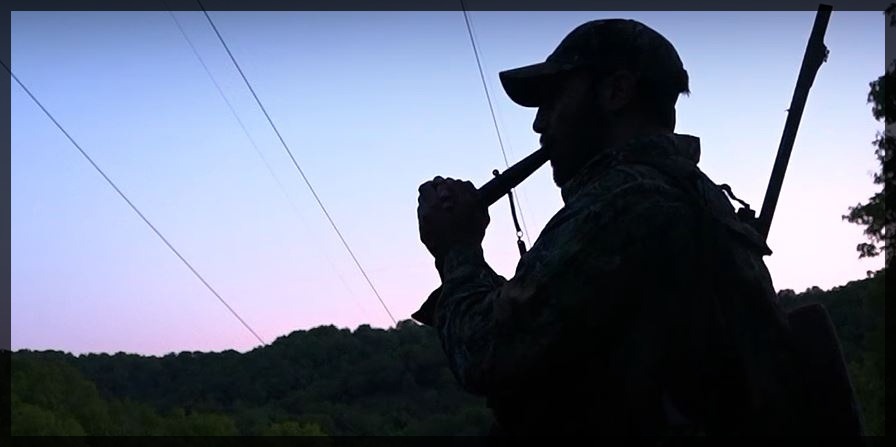
If you are hunting with a partner, send them a short distance from you (the caller). That way your partner can listen to see if there is any response to your calls. As the caller, you will have the sound of the call in your ears and may not hear a tom answer.
If you are in open country, try holding the call at the end, grasping it with your thumb and index finger, making an “okay” sign with the end of the call in the middle. Then cup the other fingers to make an open “tube” on the call. This will help you get a little more range out of the call. The pitch is higher and carries a little further to get distant turkeys to gobble.
The more realistic you can make your calls the better off you are. It’s safe to practice owl hooting in the pre-season. Break out the calls, step outside and work on those hoots!
(To see how to use an owl call visit Hook’s Custom Calls to see the “how to” videos on their page.)
Enjoy Creation,
Tracy Woods for the GrowingDeer Team
Another Massive Buck for the Martins! – Episode #420
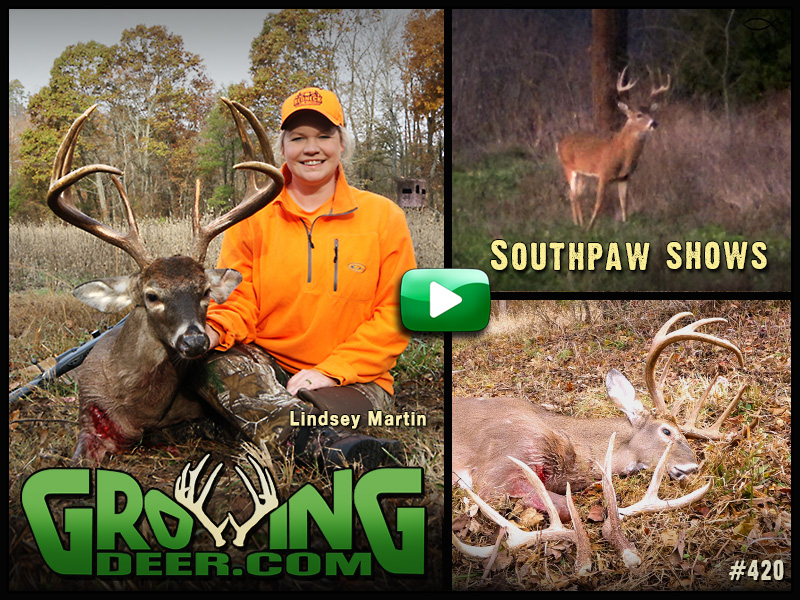 New Video
New Video
Lindsey Martin has a crack at a hit list buck named Twin Towers! Plus, GrowingDeer interns get in on the action as they help our doe management goal and remove predators at The Proving Grounds!
SPECIAL OFFER:
Folks have been asking us about GrowingDeer logo wear for Christmas presents. Drake has quality hats available with the GrowingDeer logo. Orders placed by December 18th will arrive in time for Christmas!
Short clip:
Watch an awesome Reconyx video of a bobcat stalking its prey!
new weekly blog:
Grant shares his post rut hunting strategies and tips for tagging a buck!
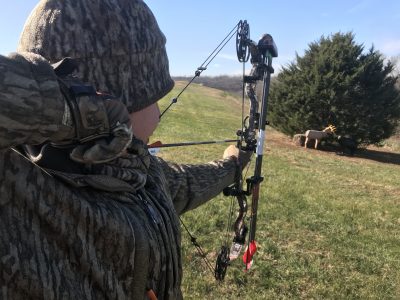
Tip of the Week:
Cold weather gear can make it hard to maintain shooting form. Practice wearing those layers, so that you will be prepared for that next encounter!
How to Hunt Whitetails during the Post Rut
If you were unable to fill a tag by the end of the rut, it can be easy to get discouraged. Don’t give up! Post rut hunting can be very productive. Similar to the pre rut, it comes down to predicting when the deer are going to move and being in your stand when they do.
We are currently in one of the first real cold fronts of the season here at The Proving Grounds. This seasonal, colder weather will impact deer movements after several weeks of warmer than average temperatures. It’s also “post rut” so our hunting strategies have changed. We’re hoping to close the gap on a hit list buck. Cactus Jack and Swoops seem to be on a regular pattern. We’ll be hunting stands in their home range given the right wind direction. In the meantime, the does and fawns will be going to the plots to feed along with bucks that are trying to replenish calories lost during the rut. Chances are most of the does will already be bred but there is one variable that’s still in play: the “fawn rut.” This is the time frame when doe fawns have reached approximately 70 pounds and enter puberty making them receptive for breeding.
When this occurs depends heavily on the food sources available. A doe fawn that lives in ag country where there are plenty of crops to eat will come into estrus sooner than a doe fawn living in heavily forested areas. In our area, typically the “fawn rut” will occur during late December to early January. However, due to the wicked drought in our area body weights are down and fawns may reach puberty later than average this year.
In years past we’ve used this strategy successfully: find food plots frequently being used by does and fawns, then hunt those plots where a hit list buck might follow in one of those receptive fawns. This is exactly what I did during December 2013 when “The Trashman” went down (watch episode 163 here).
Whether you’ve already filled a tag or not, don’t let the post rut blues take you out of the hunt!
Enjoy Creation,
Grant



